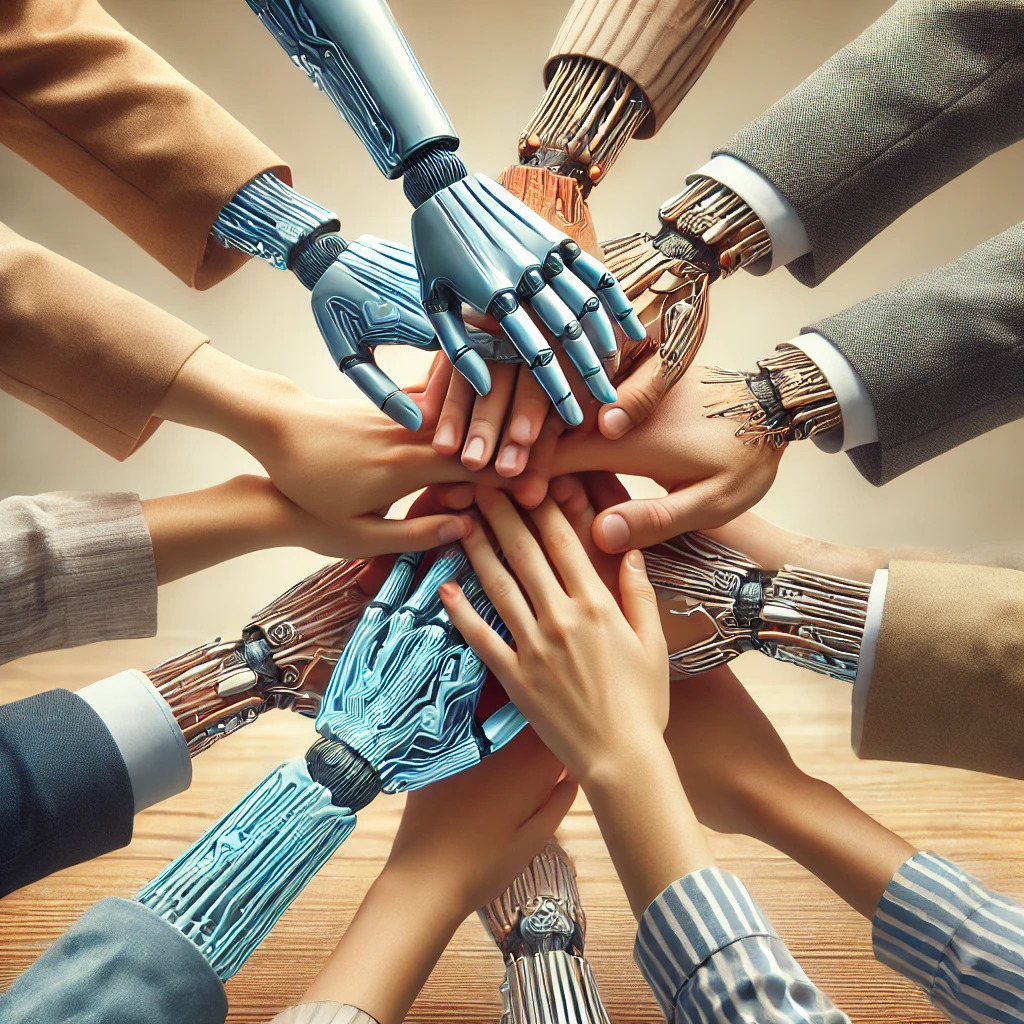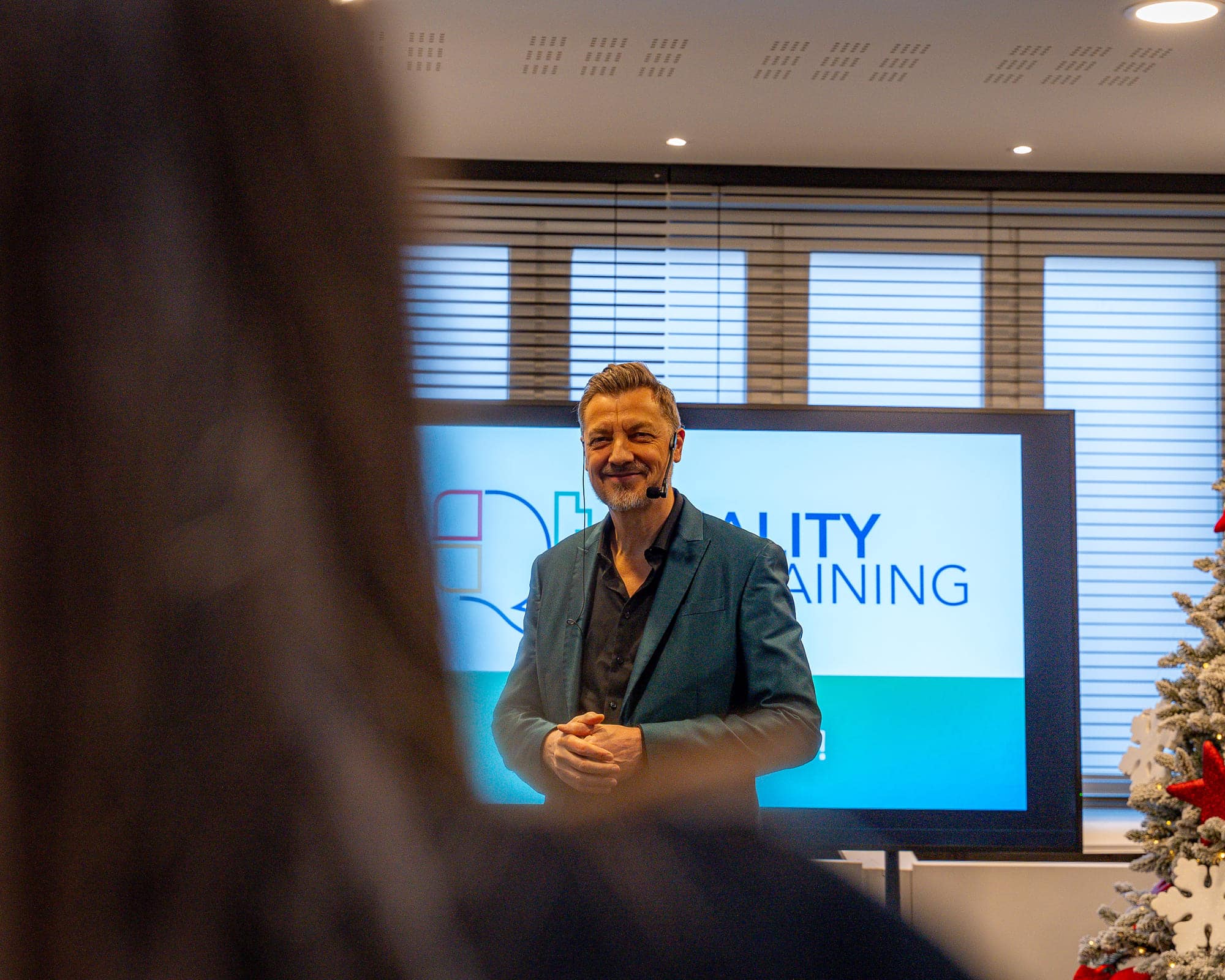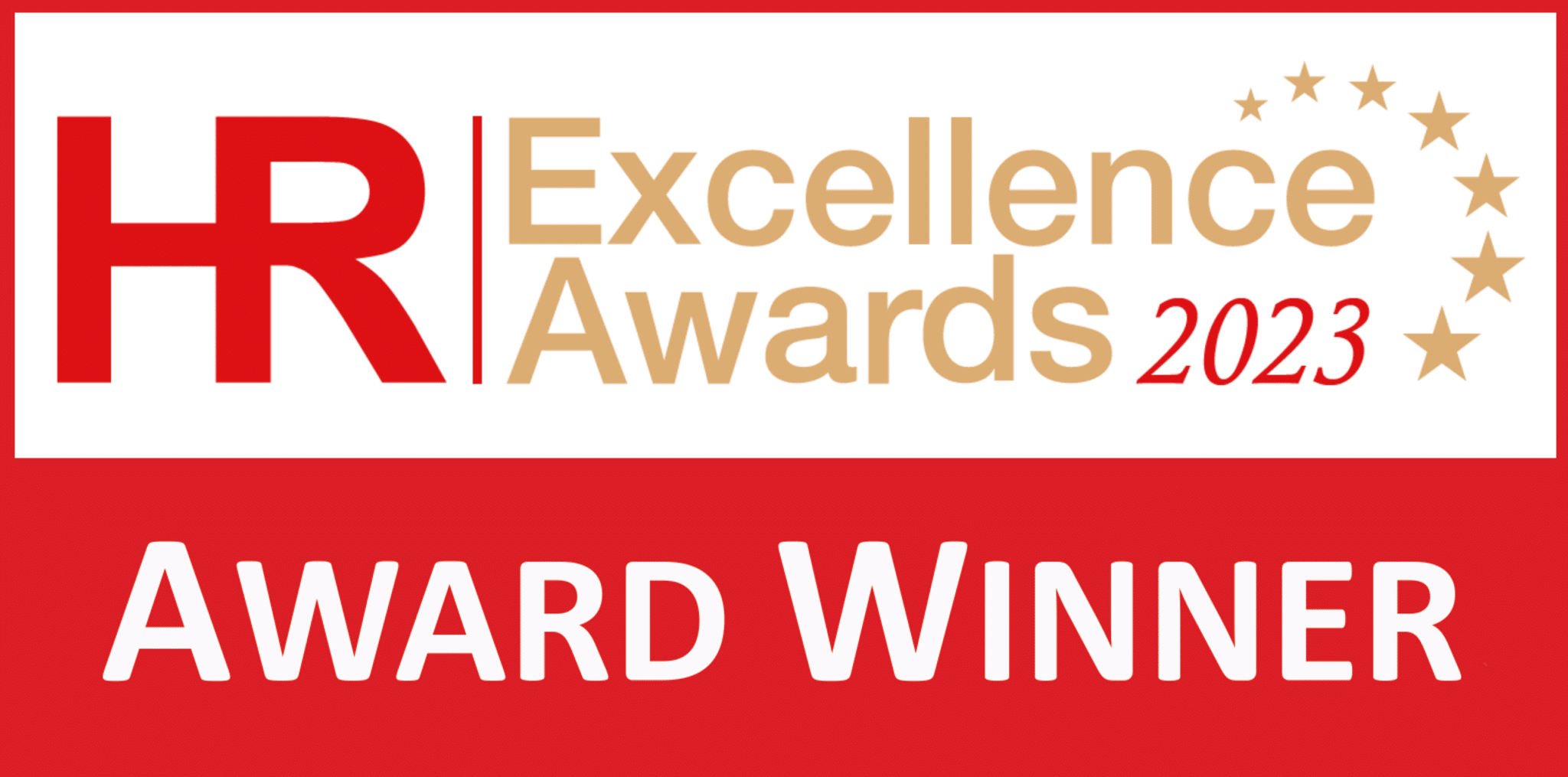
Artificial intelligence (AI) is no longer just automating routine tasks in businesses; it plays a crucial role in decision-making, including in collaborative contexts. While teamwork traditionally relies on human interactions, AI is now transforming these dynamics by providing powerful tools for analyzing data, generating insights, and facilitating decision-making. But how is this transformation taking shape in professional environments? This article explores the impact of AI on collaborative decision-making and its implications for HR teams.
AI and collaborative decision-making: A New Era
Historically, collaborative decision-making has been based on discussion, idea exchange, and consensus among team members. However, with the arrival of AI, these traditional processes have evolved. AI tools can analyze vast amounts of data in real-time, identify trends, propose scenarios, and provide recommendations based on advanced algorithms. This ability to quickly process complex information helps teams make more informed and faster decisions.
For example, in the HR field, AI can assist teams in evaluating candidate skills, predicting workforce needs, or analyzing employee well-being, integrating these insights into team meetings. This allows HR teams to make decisions based on objective data, not just subjective human perceptions. AI tools such as talent management systems or collaborative performance analysis software are now widely used to support HR teams in their strategic decisions.
AI and Teamwork: complementarity between humans and machines
While AI can provide data and insights, it does not replace human judgment in the collaborative decision-making process. AI and teamwork are complementary, with each playing a crucial role. AI processes data, identifies patterns, and offers recommendations, while team members contribute their experience, creativity, and human sensitivity to the equation.
In this context, it is essential for professionals to view AI as a collaborative tool rather than a threat to their autonomy. A good example is the use of AI chatbots or virtual assistants in project meetings. These tools can gather information and generate summaries, allowing teams to focus on the creative and strategic aspects of their work.
Companies that adopt these technologies see a notable improvement in team productivity and efficiency. HR professionals must ensure that the introduction of these tools fosters collaboration and strengthens teamwork, rather than fragmenting it.
HR and AI: transforming internal collaboration
For HR departments, collaborating with AI not only changes internal dynamics but also how they interact with other departments. HR plays a key role in implementing these technologies, ensuring that teams are well-trained in their use. Integrating AI into collaborative processes requires careful change management, as it can disrupt traditional working methods.
AI-driven team analysis tools, for instance, allow real-time tracking of collaboration dynamics within teams. These tools can identify members who contribute most to discussions or decision-making and those who tend to be sidelined. They can also detect tensions or bottlenecks that hinder collective efficiency and address them promptly.
HR must also ensure a balance between automation and the human element. While AI can help structure collaboration, it should not dehumanize interactions. Team decisions must always reflect creativity, emotional intelligence, and human judgment—qualities that AI cannot replicate.
AI in Collaborative decision-making: opportunities and challenges
The introduction of AI into collaborative decision-making offers several opportunities. On the one hand, it enhances the precision and speed of decisions. Teams can access real-time information, consider complex data, and evaluate multiple scenarios before making a decision. This allows them to respond more quickly to business challenges and seize opportunities more efficiently.
On the other hand, AI also presents challenges. If these tools are misused, there is a risk that AI could overshadow human dialogue and reflection in the decision-making process. It is therefore crucial to clearly define AI’s role: it must remain a decision-support tool, not the decision-maker. Teams must retain autonomy in their choices, and HR has a role in ensuring this balance.
Another challenge is the transparency of AI algorithms. Team members must understand how and why the algorithms make certain recommendations. Without this understanding, their trust in decisions made with AI assistance could erode. This requires clear explanations and effective communication about how these tools work.
Conclusion
The impact of AI on collaborative decision-making is undeniable. It allows teams to access more comprehensive information and make faster, more accurate decisions. However, for this collaboration between AI and humans to be fully effective, professionals and HR teams must learn to use these tools in a complementary way, while ensuring that human judgment remains at the heart of critical decisions.
The collaboration between AI and teamwork should be seen as an opportunity to increase efficiency, not as a threat to the autonomy of team members. With proper training and guidance, AI can truly transform how decisions are made in businesses, while enhancing collaboration and innovation within teams.



